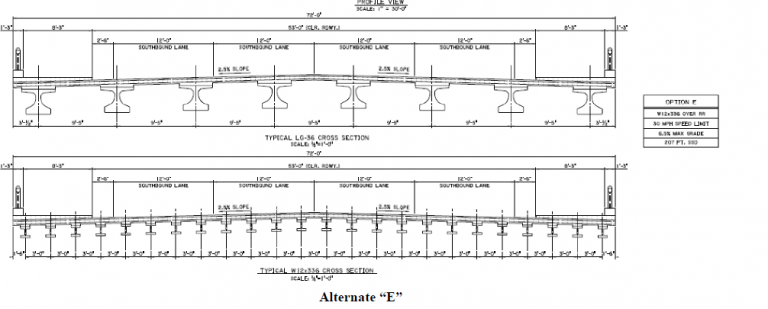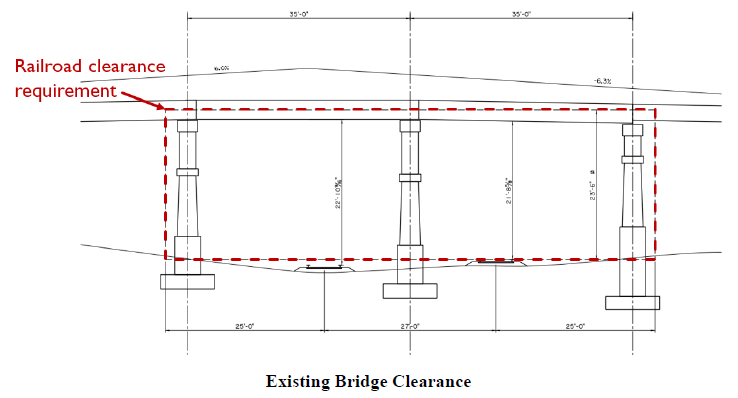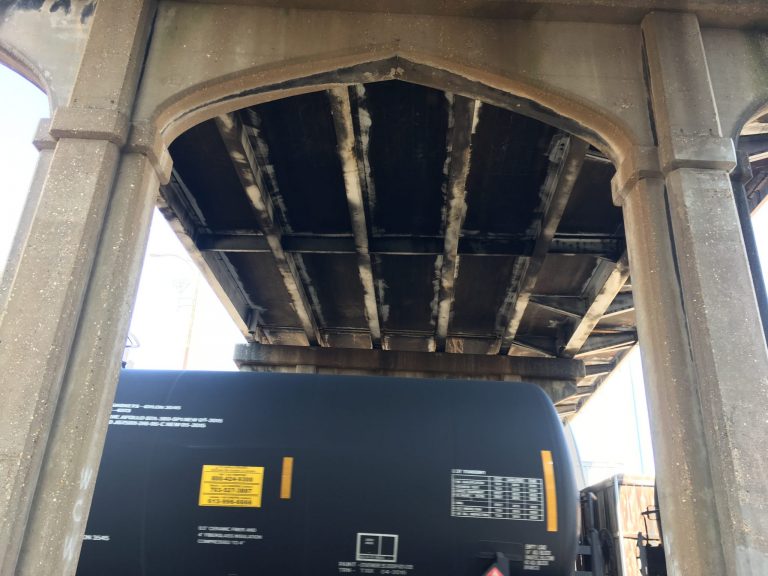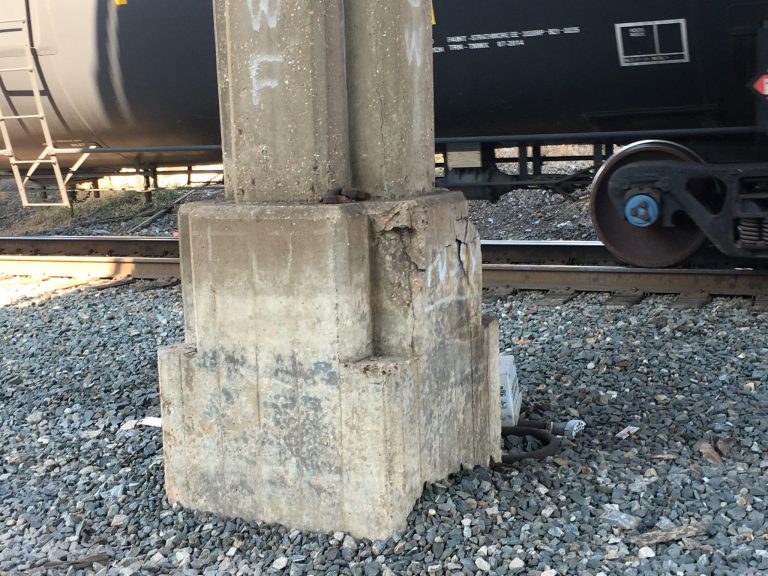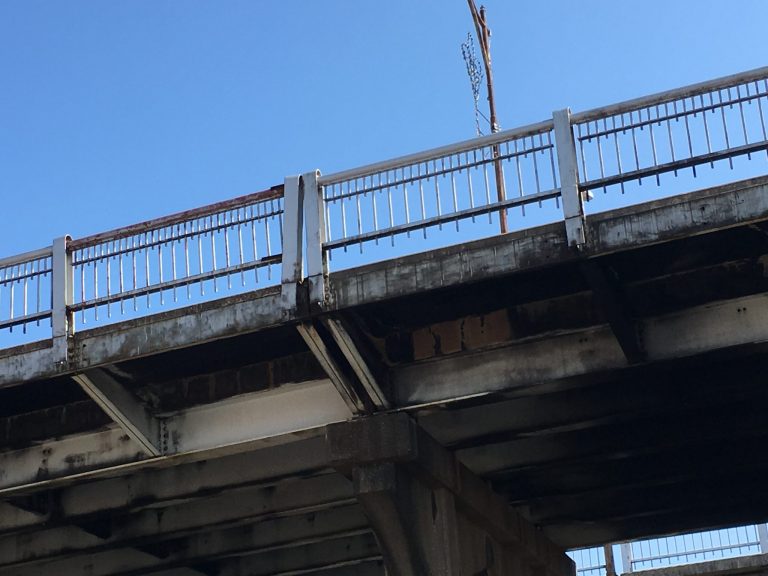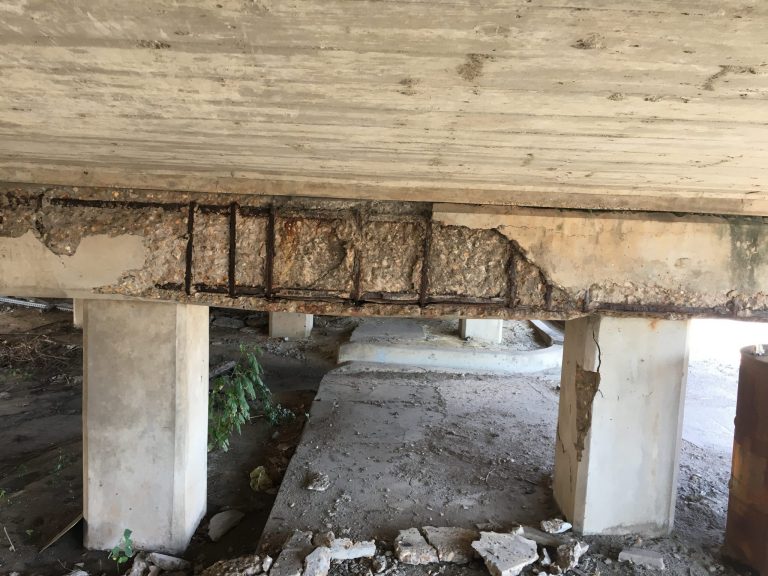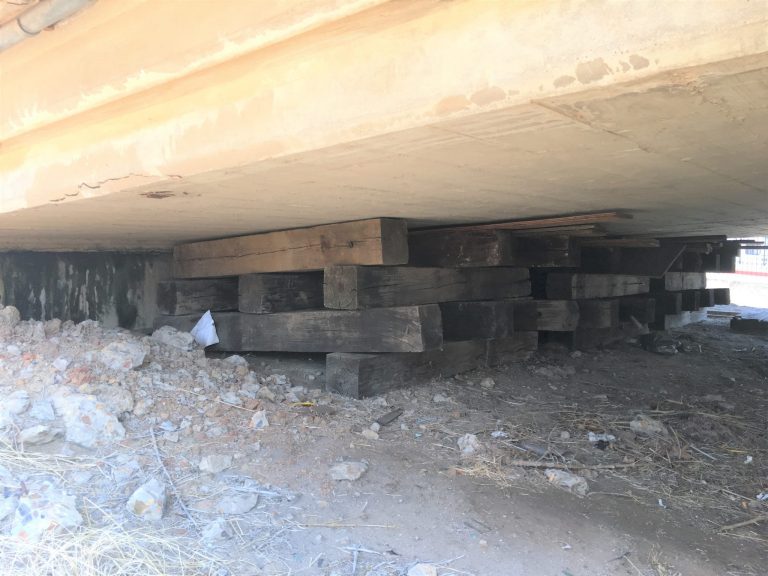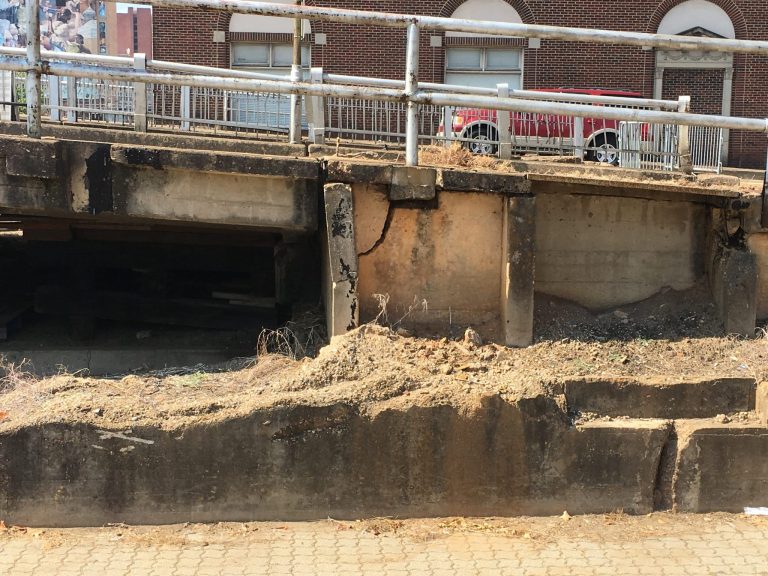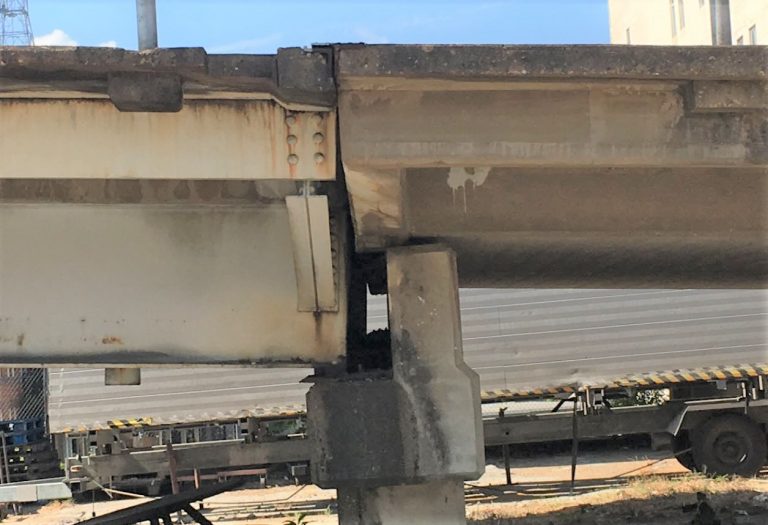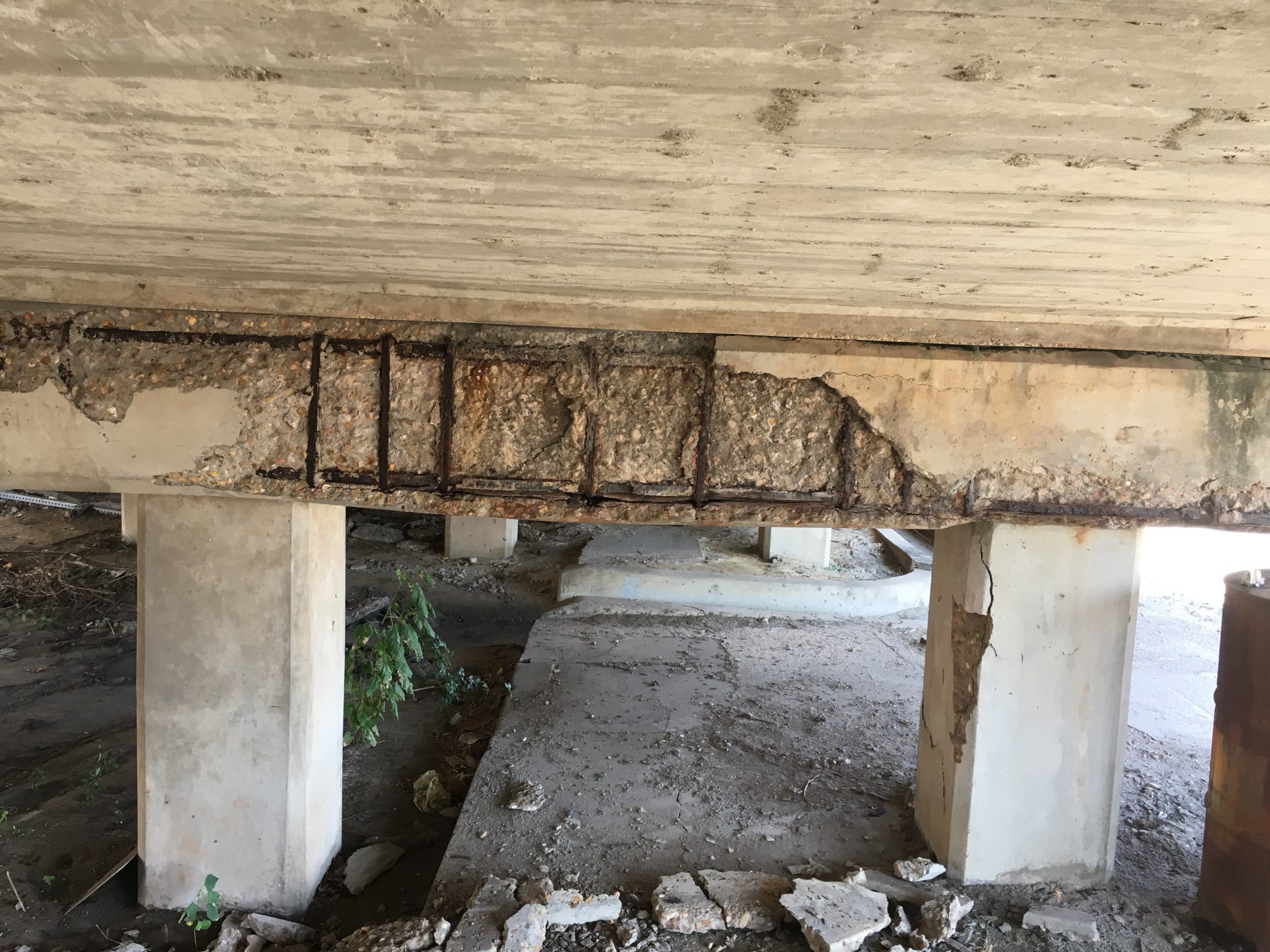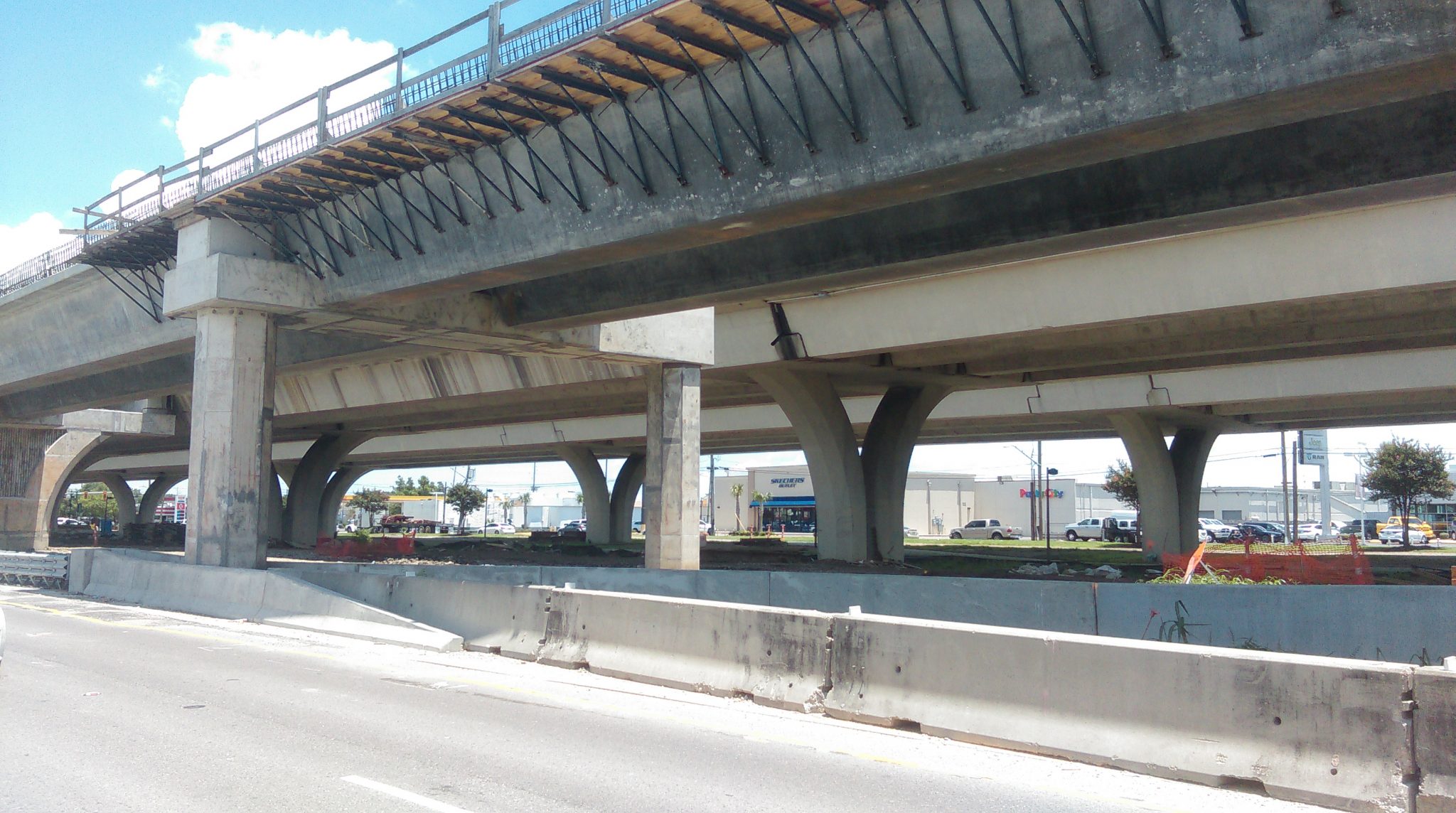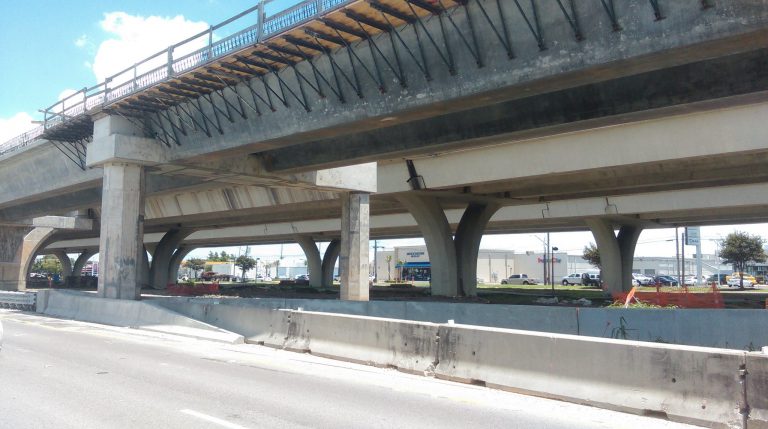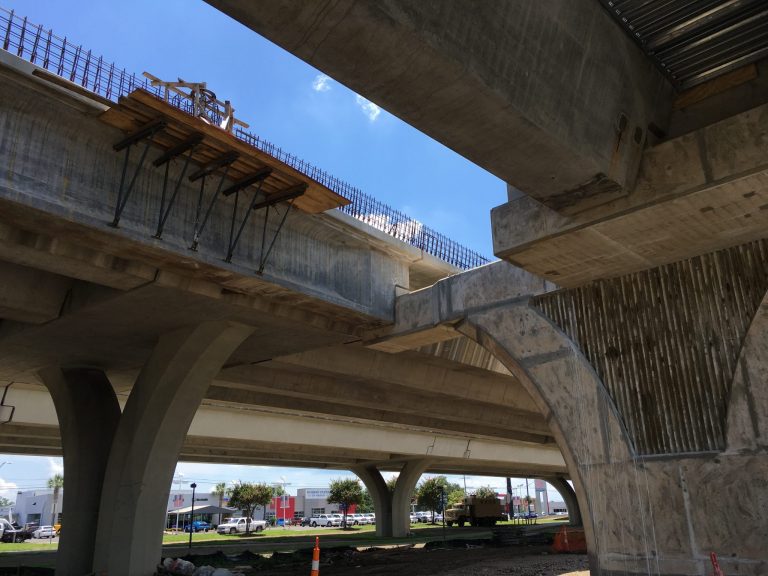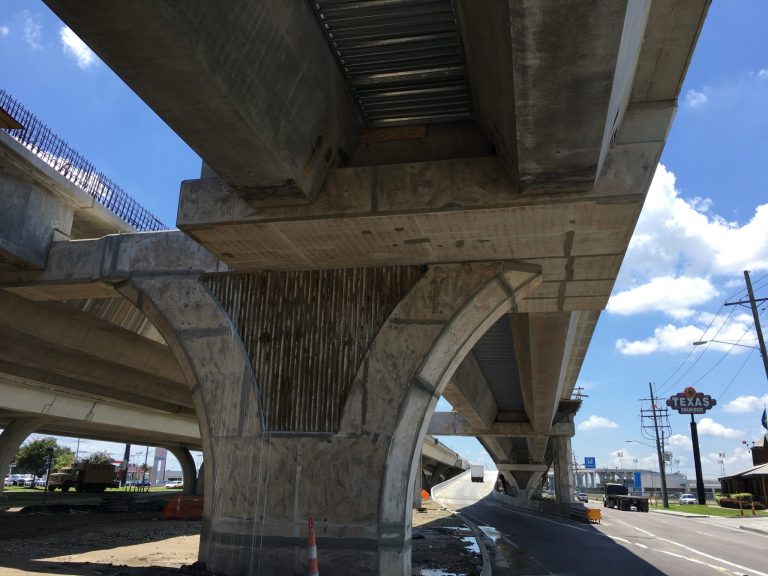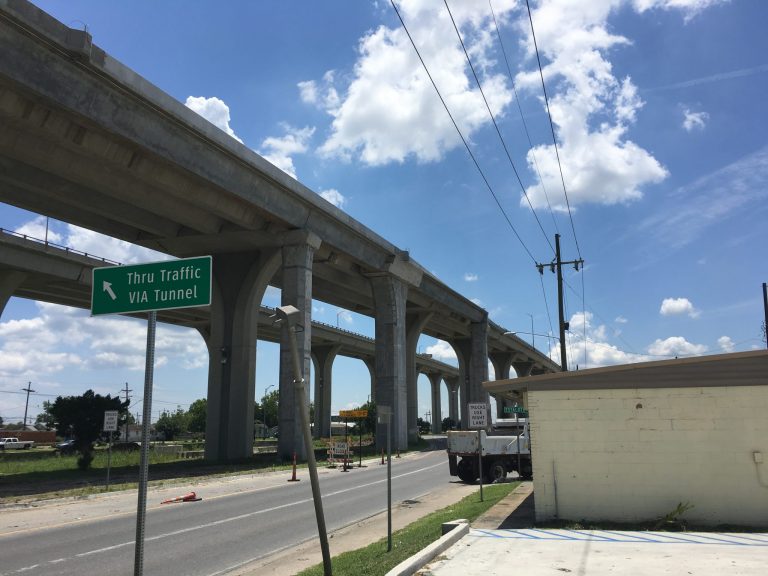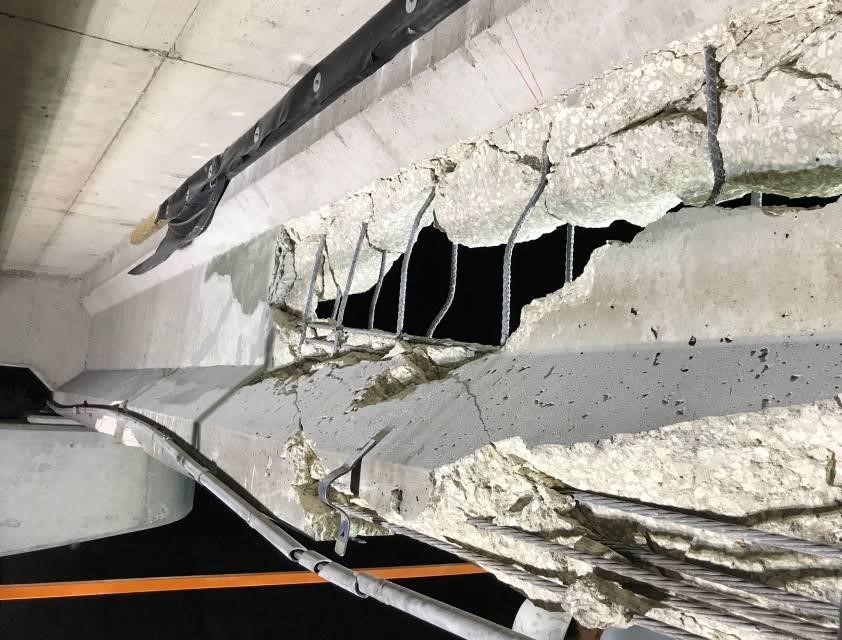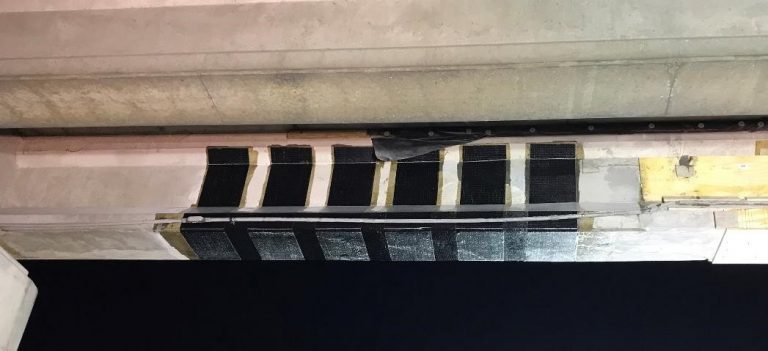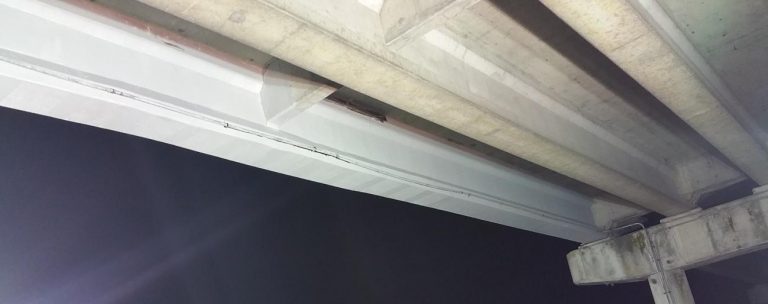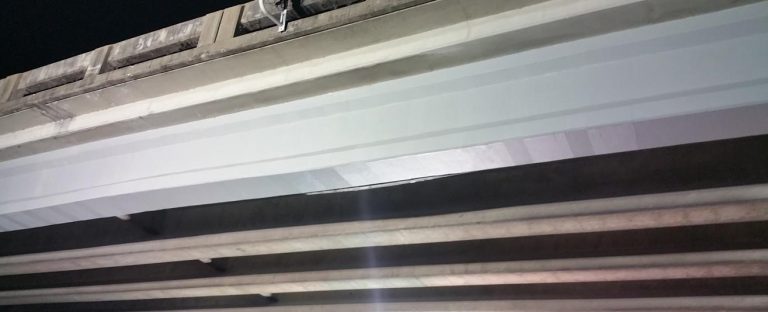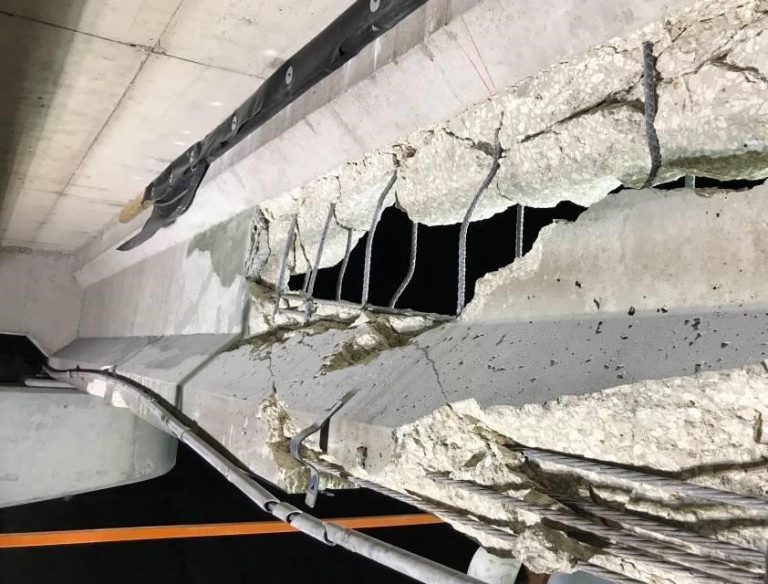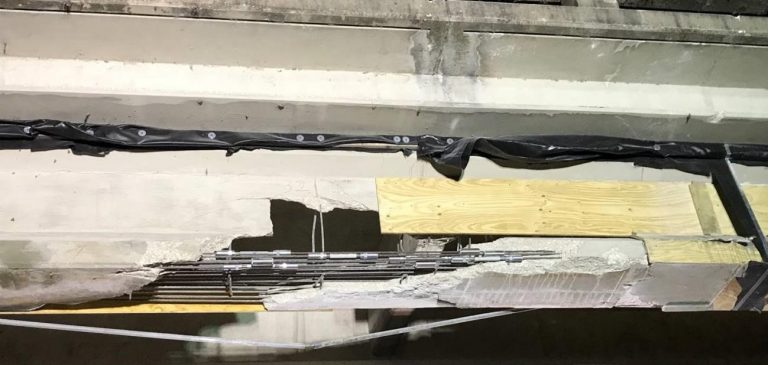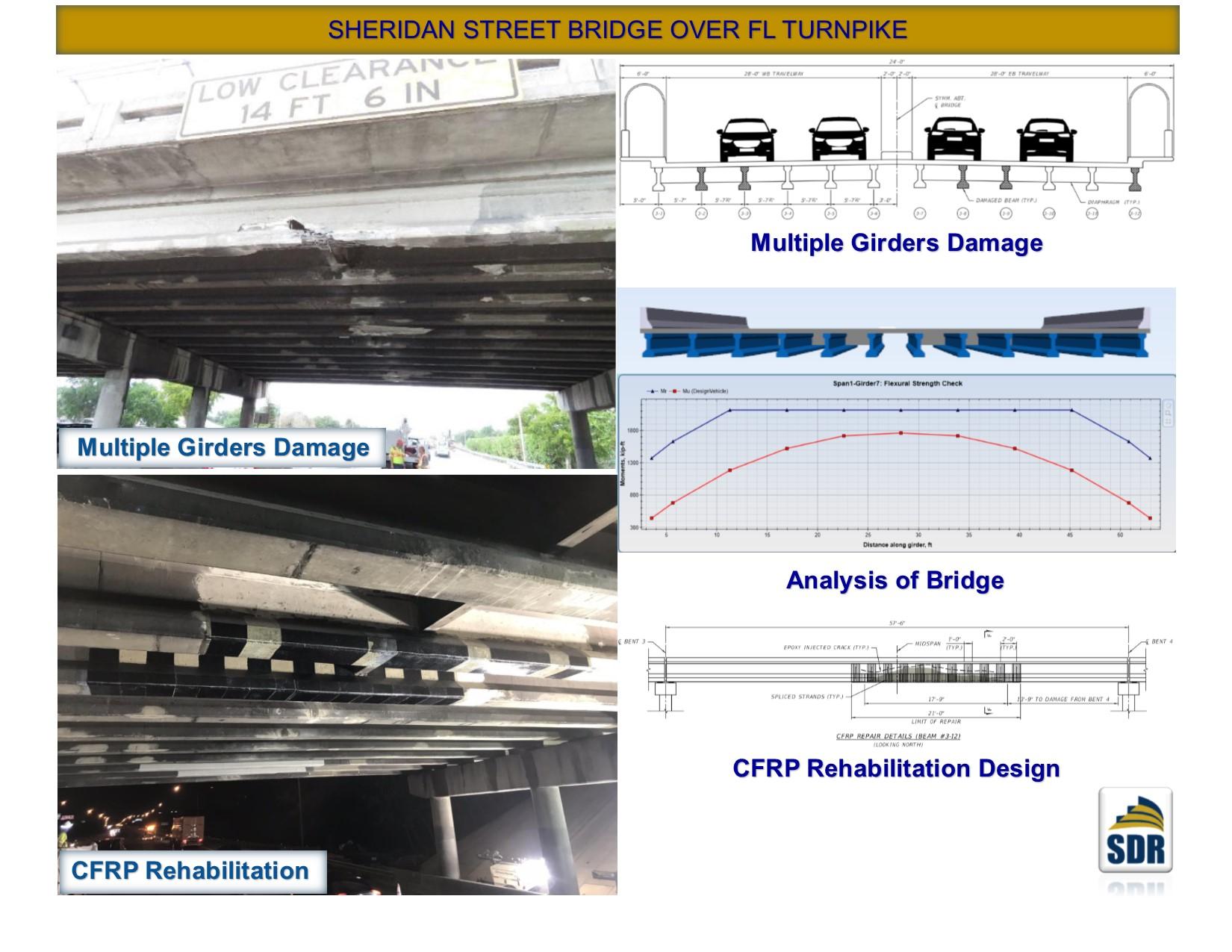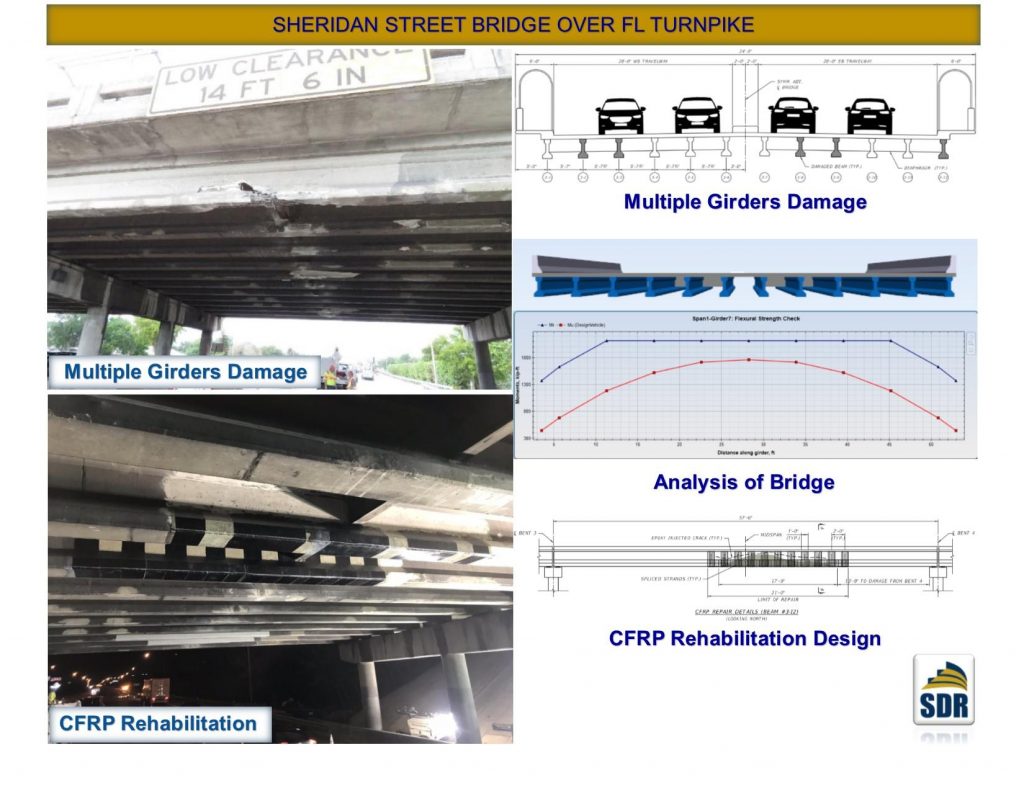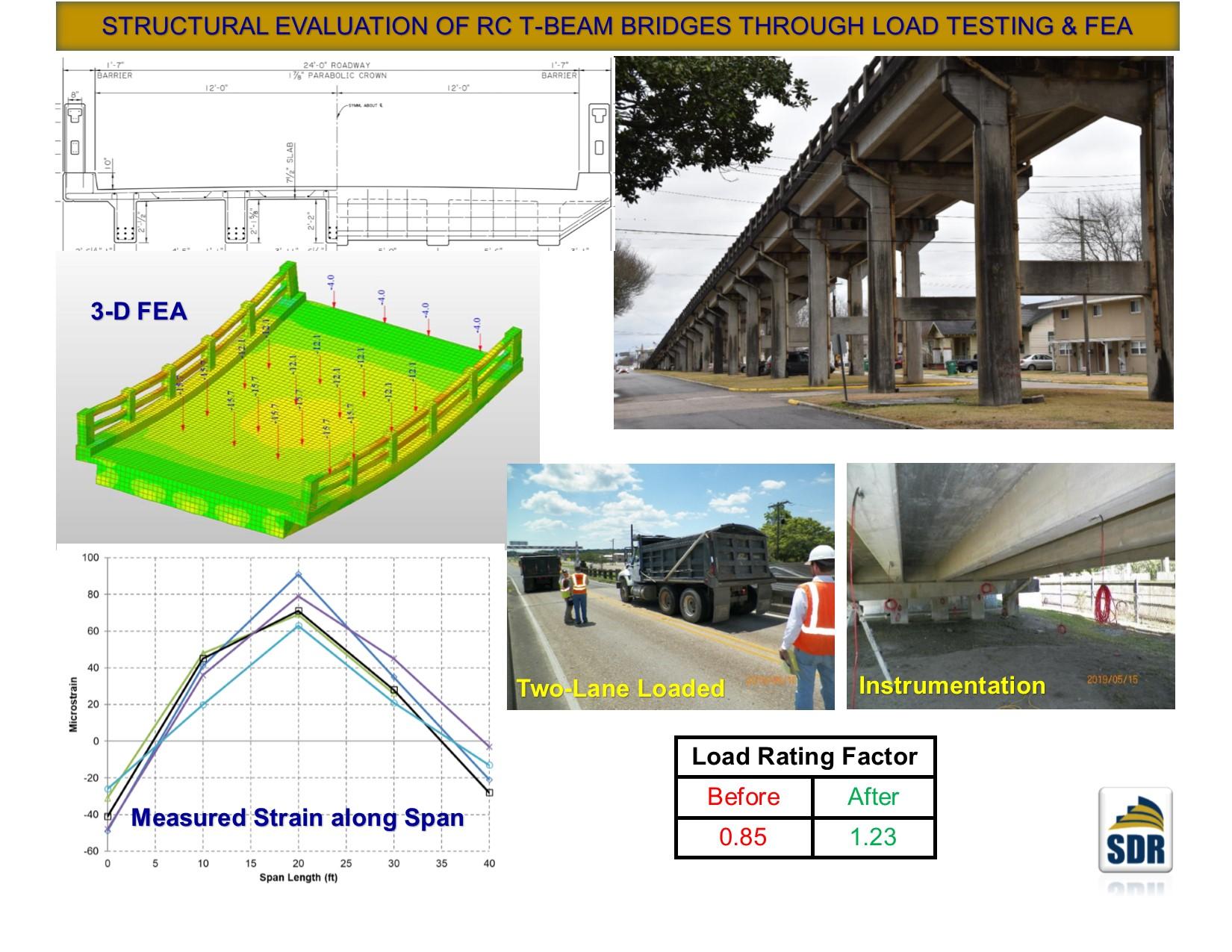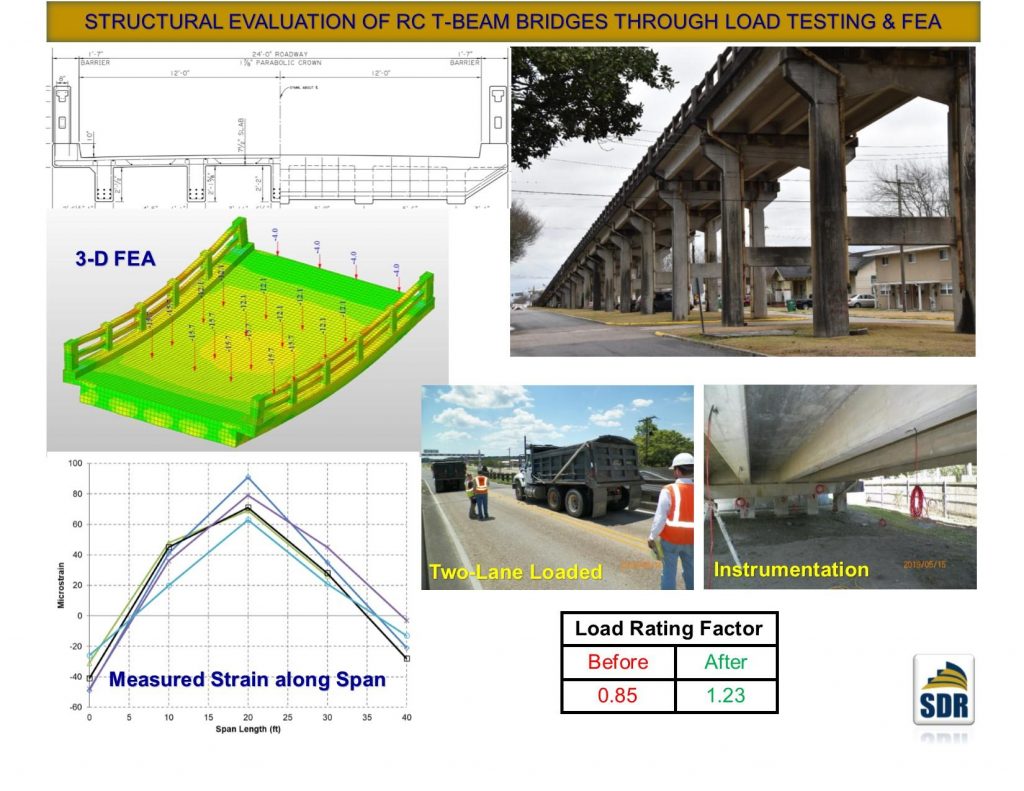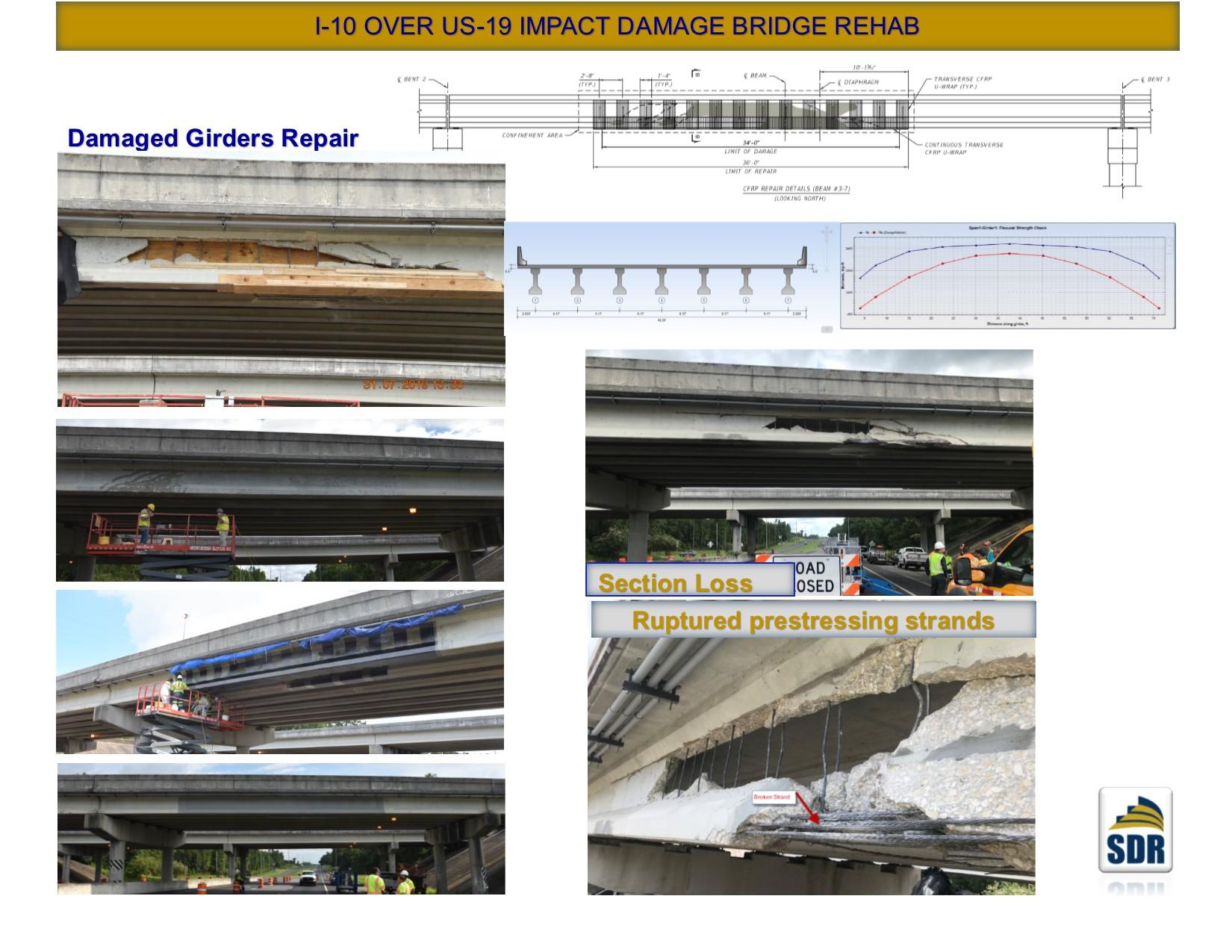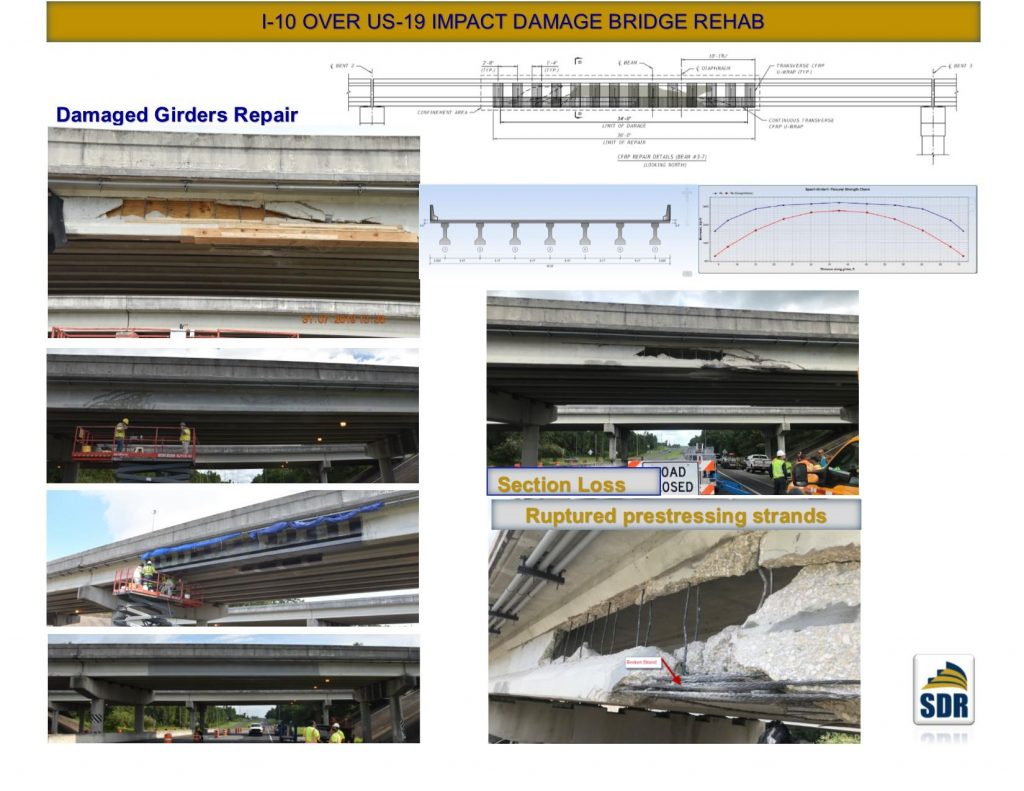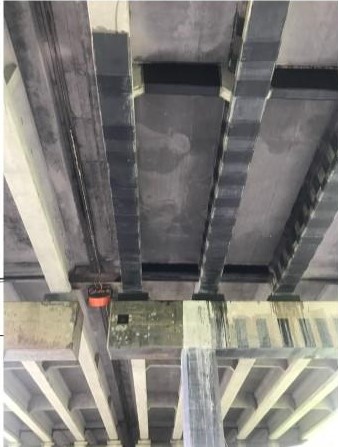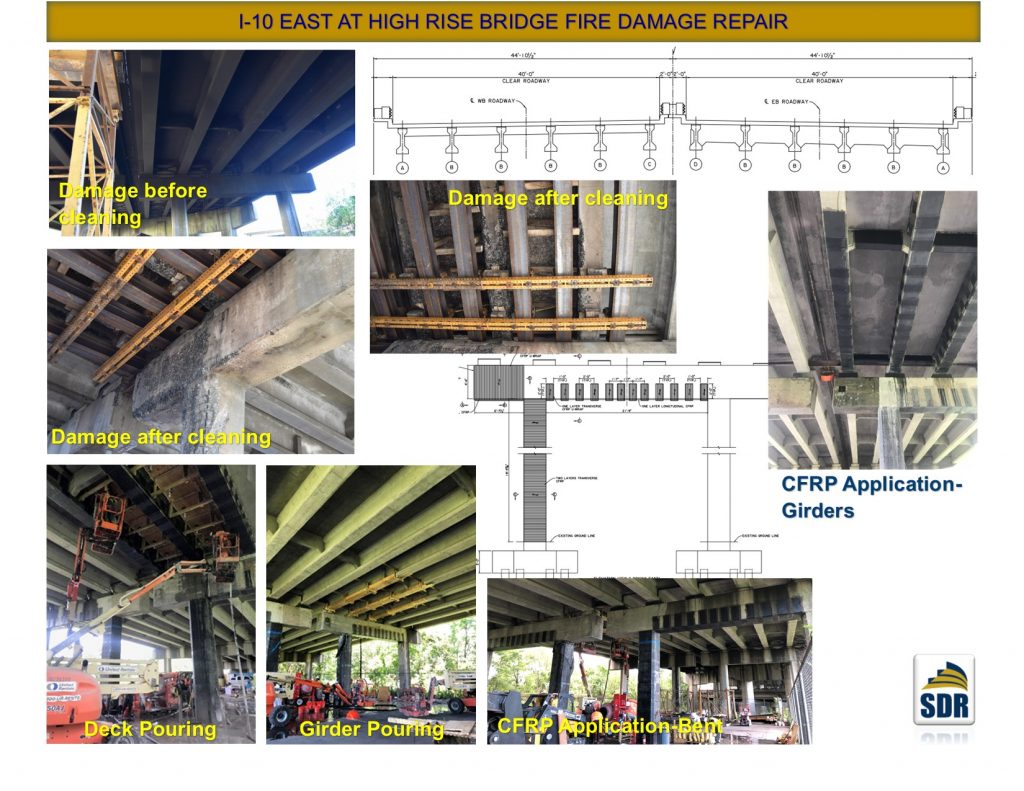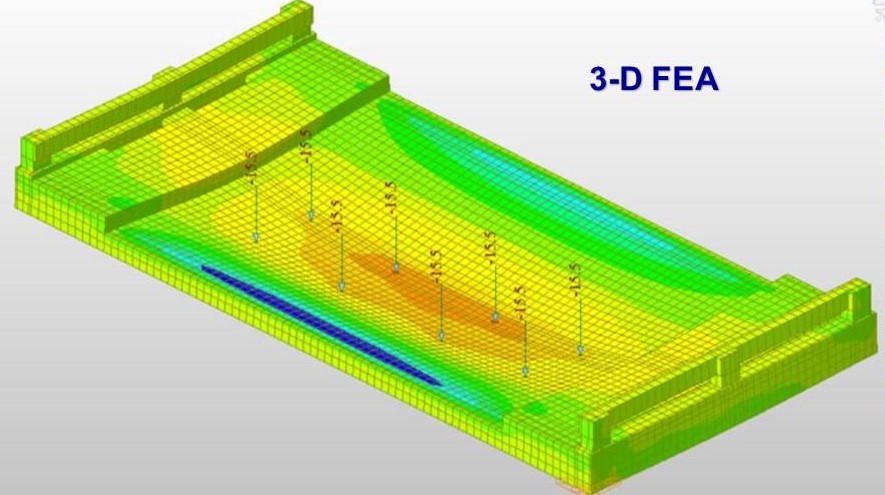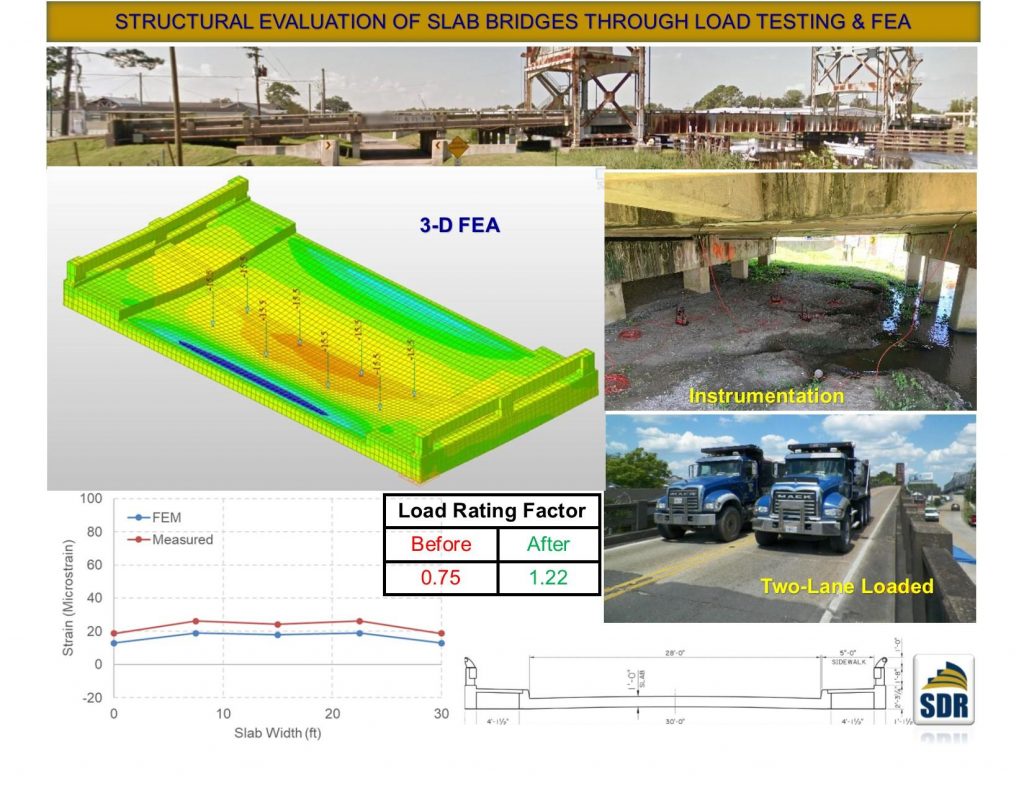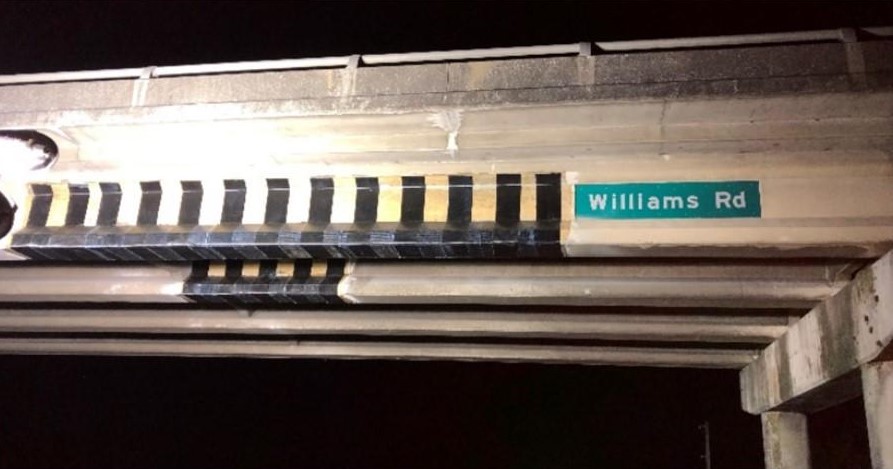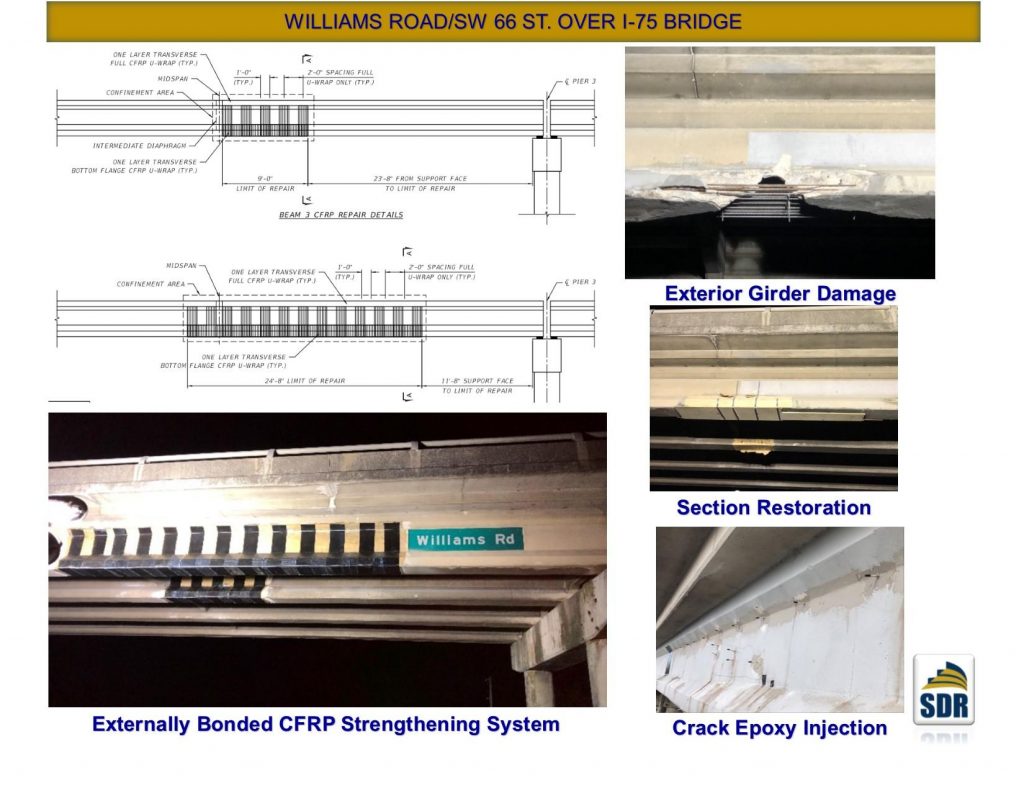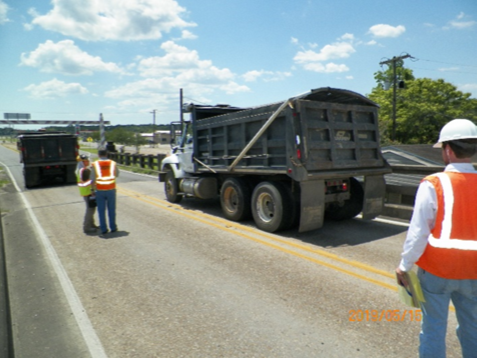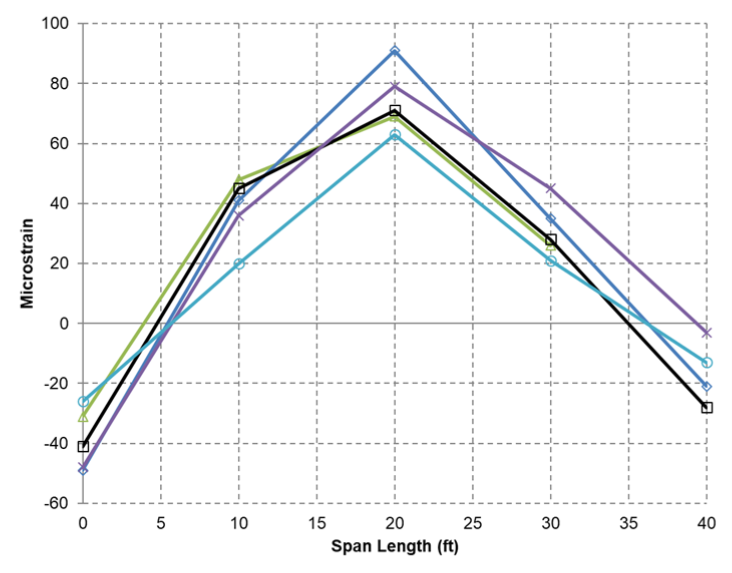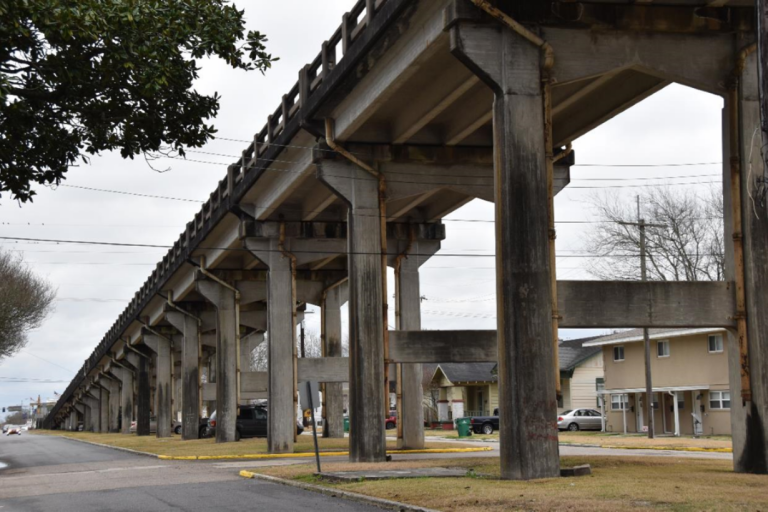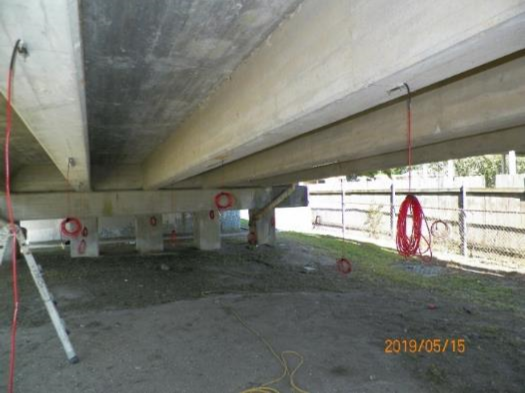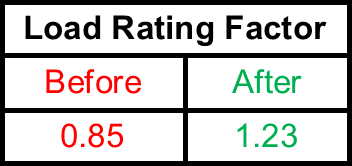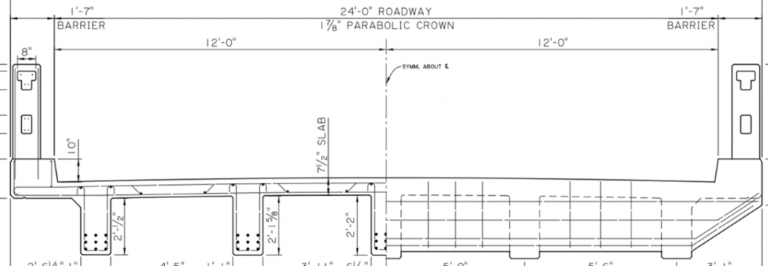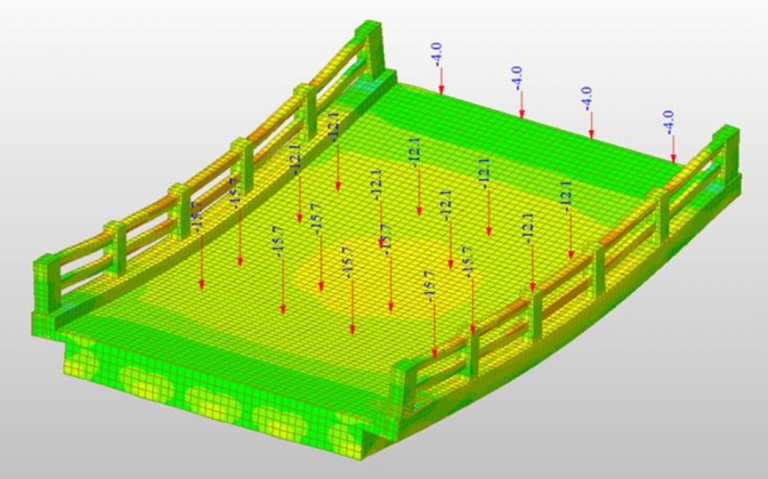US 71 Market Street
US 71-LA 1 bridge over ICG railroad was built in 1940 in downtown Shreveport, LA. Consisting of a two-bridge structure, each having 15 steel beam spans, 7 reinforced concrete spans, and reinforced concrete approach spans. The bridge covers a length of 850’ and a width of 20’. The US 71-LA 1 bridge carries or crosses multiple modes of transportation, while providing two 5’-11 ½” sidewalks and crossing two railroad tracks.
LA DOTD had posted the bridge for a speed limit of 25 MPH and posted load limits of 20T-35T. Based on further concerns LA DOTD assigned SDR with the task of performing a feasibility study on the twin two-lane bridge. SDR performed a thorough document review, hands-on inspection, and surveying to assess the conditions of the bridge. SDR field inspections indicated that the physical condition of the structure ranged from “fair” to “critical,” depending on their location.
Based on the structure’s old age, displacement, and severe exiting conditions, SDR proposed replacement of both structures and provided two alternate designs. One alternative utilized precast-prestressed concrete to satisfy the railroad’s minimum vertical and horizontal clearance. A second proposed alternative utilized a combination of precast-prestressed concrete girders and heavy, shallow rolled beams to meet railroad clearances. In both cases, span lengths from 80’ to 90’ were recommended to achieve maximum efficiency and to avoid interference with existing bridge foundations.

